
“Every creature was designed to serve a purpose. Learn from animals for they are there to teach you the way of life. There is a wealth of knowledge that is openly accessible in nature. Our ancestors knew this and embraced the natural cures found in the bosoms of the earth. Their classroom was nature. They studied the lessons to be learned from animals. Much of human behavior can be explained by watching the wild beasts around us. They are constantly teaching us things about ourselves and the way of the universe..." ~ Suzy Kassem
Maybe the interesting thing about these trail cam and other photos is that they were technically taken in the Charlotte, North Carolina metro area. On 90 acres of privately owned land near Crowder's Mountain State Park, in fact, which is just west of the big city in Gaston County.
Delightfully, perhaps even remarkably, they show just how well medium and even larger mammals, as well as game birds and raptors, are adjusting to living within short distances of large concentrations of human beings. Let's hope it stays that way for a long time - for Mother Earth, the animals, and ourselves.
The photos come courtesy to Carolina Critters and Other Animals of the South by a gentleman named Tommy Wade. Mr. Wade is a hard-working and very successful family man and we at the CA can't thank him enough.
Delightfully, perhaps even remarkably, they show just how well medium and even larger mammals, as well as game birds and raptors, are adjusting to living within short distances of large concentrations of human beings. Let's hope it stays that way for a long time - for Mother Earth, the animals, and ourselves.
The photos come courtesy to Carolina Critters and Other Animals of the South by a gentleman named Tommy Wade. Mr. Wade is a hard-working and very successful family man and we at the CA can't thank him enough.
WHITE-TAILED DEER
WILD TURKEY
SOME PHOTOS OF THE PROPERTY - Rural landscapes in the Piedmont of Carolina often consist of patches of cleared land, meadows, thick woods and brush.
COYOTES below - with one appearing to be a better hunter than the other.
Coyotes are considered by some folk as pesky critters - good for nothing in other words. I make no judgements as every land owner and deer or turkey hunter have to make their own decisions on the matter. They do take large and small game animals as prey and on occasion domesticated creatures like chickens, ducks and such.
Personally, here's the way I like to look at it: a retired woodsman friend of mine in Tennessee takes care of problem animals for people in that state. He prefers to trap and release when possible. One time he was employed by a fellow with a lot of rural property who had some domesticated fowl being taken at night and hired the friend to take care of the coyotes - all of them. The friend told the man that he would identify the problem without having to kill the whole lot of them. Fine, the man said, and he agreed to the hunter's caveat and how he wanted to proceed.
It turned out that the culprit was a slightly crippled and aged coyote who could no longer hunt well. The woodsman told me he felt bad about having to take the old boy out, but at least he solved the man's nemesis without having to kill every single wild canine night howler who otherwise were causing no upsets to this particular farmer. In conclusion, this certainly might seem to be a nature and wildlife friendly way to do things.
Personally, here's the way I like to look at it: a retired woodsman friend of mine in Tennessee takes care of problem animals for people in that state. He prefers to trap and release when possible. One time he was employed by a fellow with a lot of rural property who had some domesticated fowl being taken at night and hired the friend to take care of the coyotes - all of them. The friend told the man that he would identify the problem without having to kill the whole lot of them. Fine, the man said, and he agreed to the hunter's caveat and how he wanted to proceed.
It turned out that the culprit was a slightly crippled and aged coyote who could no longer hunt well. The woodsman told me he felt bad about having to take the old boy out, but at least he solved the man's nemesis without having to kill every single wild canine night howler who otherwise were causing no upsets to this particular farmer. In conclusion, this certainly might seem to be a nature and wildlife friendly way to do things.
BUSY COOPERATING RACCOONS-there would be other animals like skunks and opossums in the area too.
OLD VENERABLE TREES
This is a very cool looking old oak tree to the left eyeing us, well, sort of. The other appears to be a different kind of tree and a rather unique tree at that. I wonder if it has a guardian nature spirit or something similar - for those who believe very old trees can be dwelling places for other entities, like many people of Celtic or Native American origins do in many cases, for instance. We became convinced it's a possibility by a digital taken one day by associate Janice Gale at the tallest cottonwood tree east of the Mississippi River. That photo can be seen on the Boone's Cave story, which is on the Mists and Moonlight blog pages here on The Carolinian's Archives.
BEAUTIFULLY MARKED BOBCAT ON THE PROWL
BLACK BEAR TRACK?
Possible black bear track Mr. Wade found one morning. Black bears are moving out of the mountains into some western piedmont areas of North Carolina, and, staying put. They're generally quite shy of human beings so long as folks don't feed them in their backyards or harass them. However, any extraordinarily large males should be reported to wildlife officials for removal to more secluded areas as they can become testy during mating season.
Tommy might put his trail cams out again in the hope of maybe catching a bear image on them. If he does we'll surely try and get it up on the article for folks to see.
Tommy might put his trail cams out again in the hope of maybe catching a bear image on them. If he does we'll surely try and get it up on the article for folks to see.
HAWK

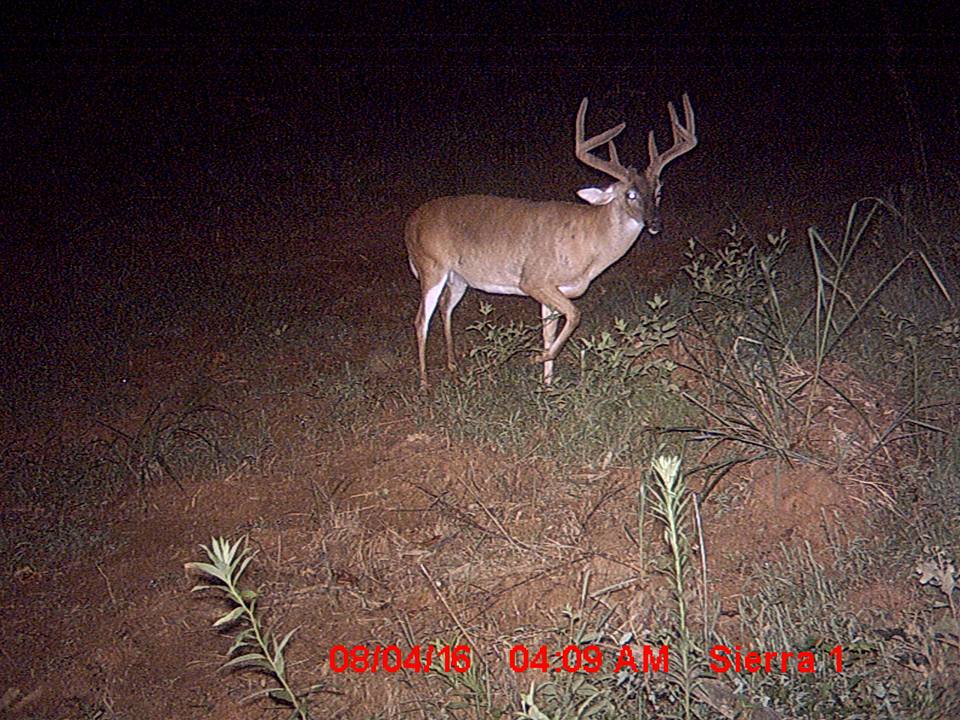
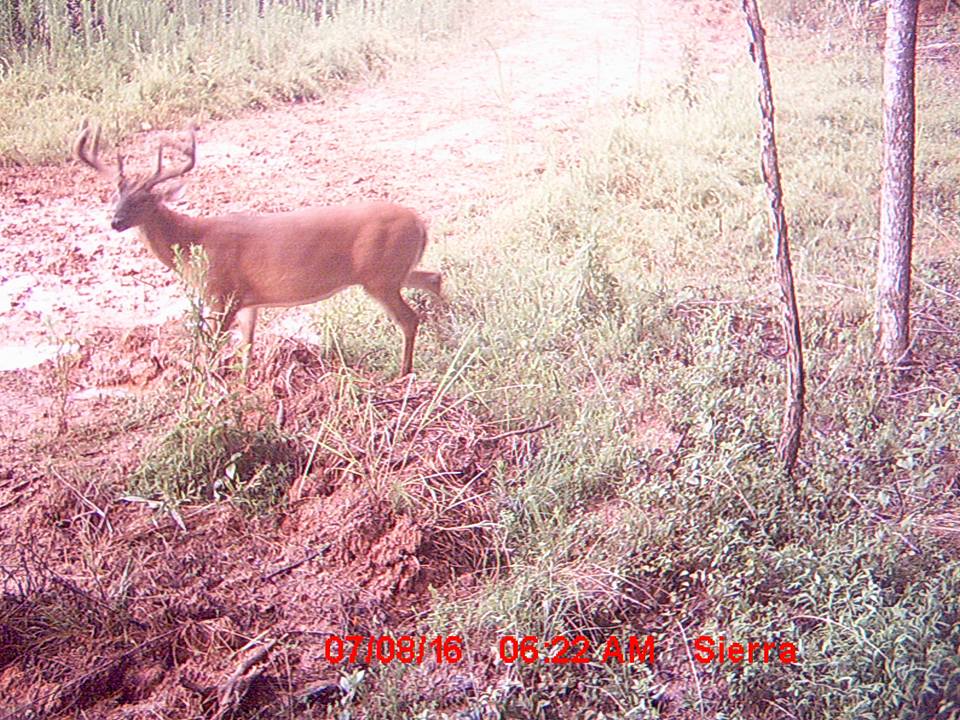
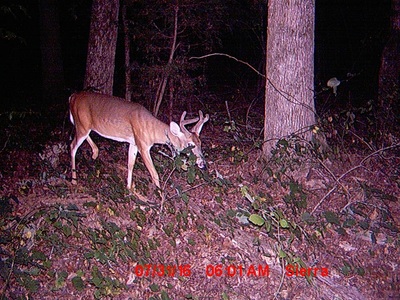
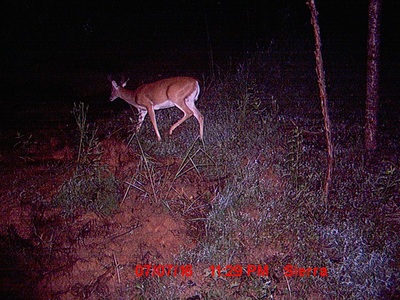

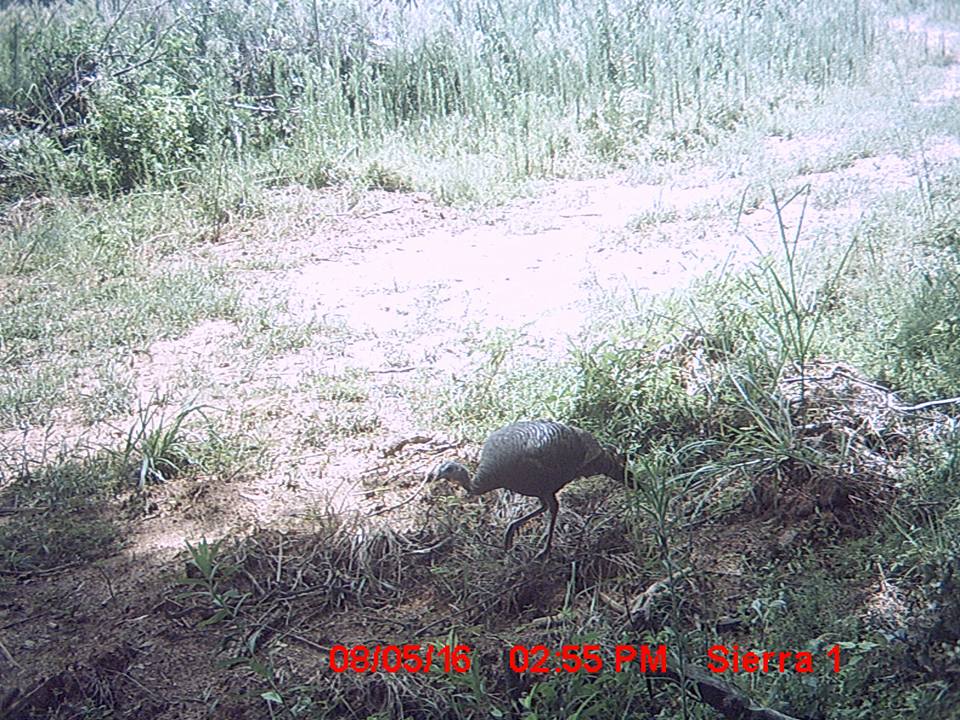

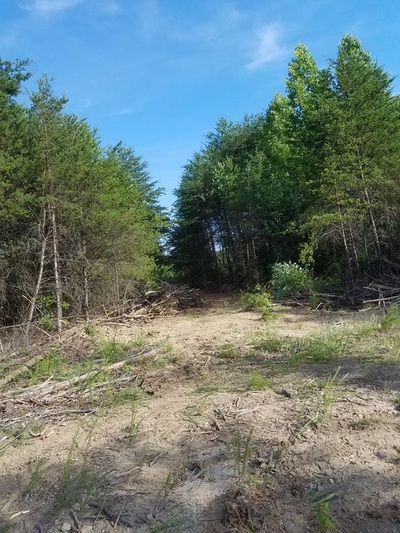
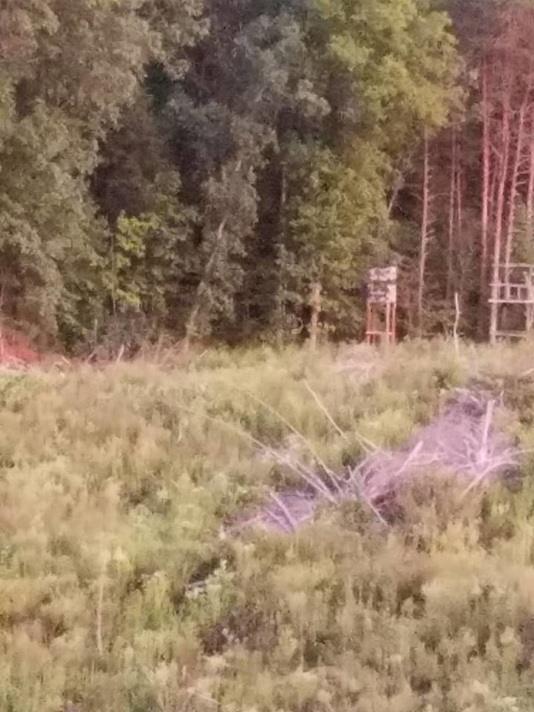
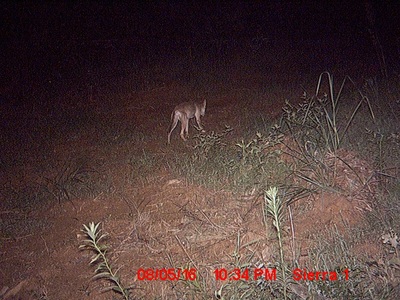
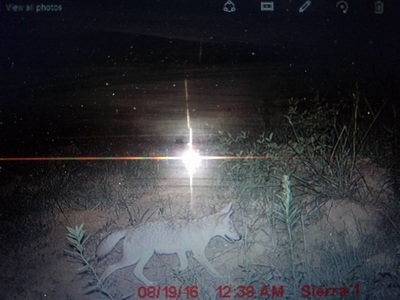
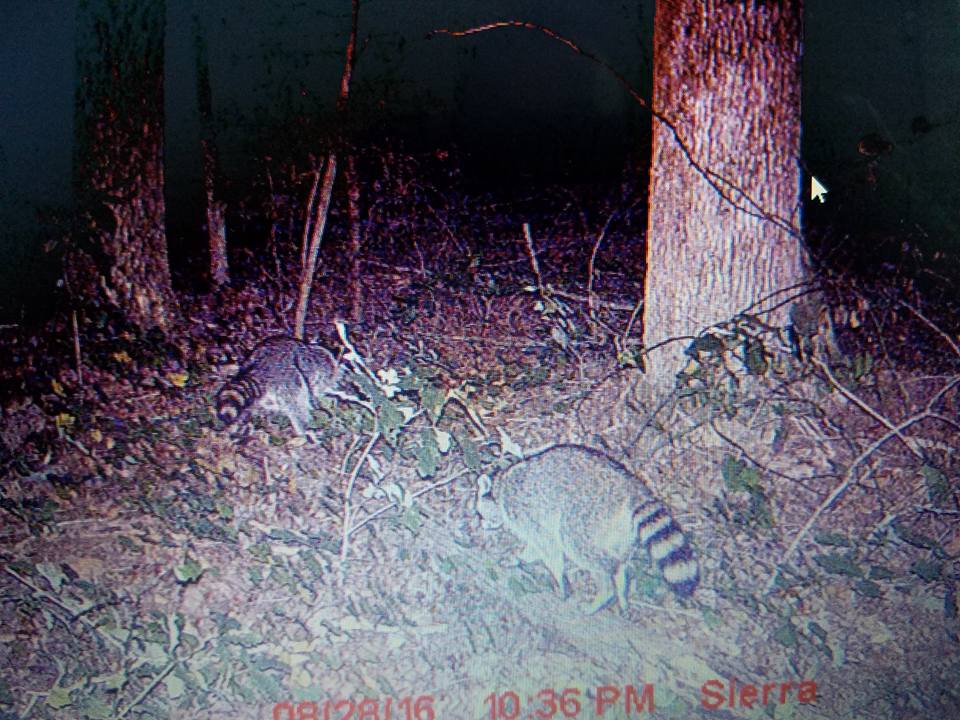
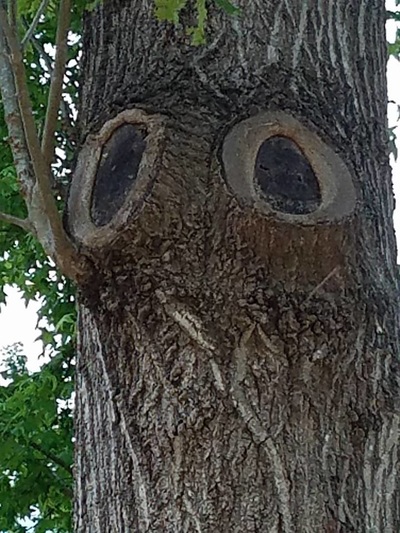

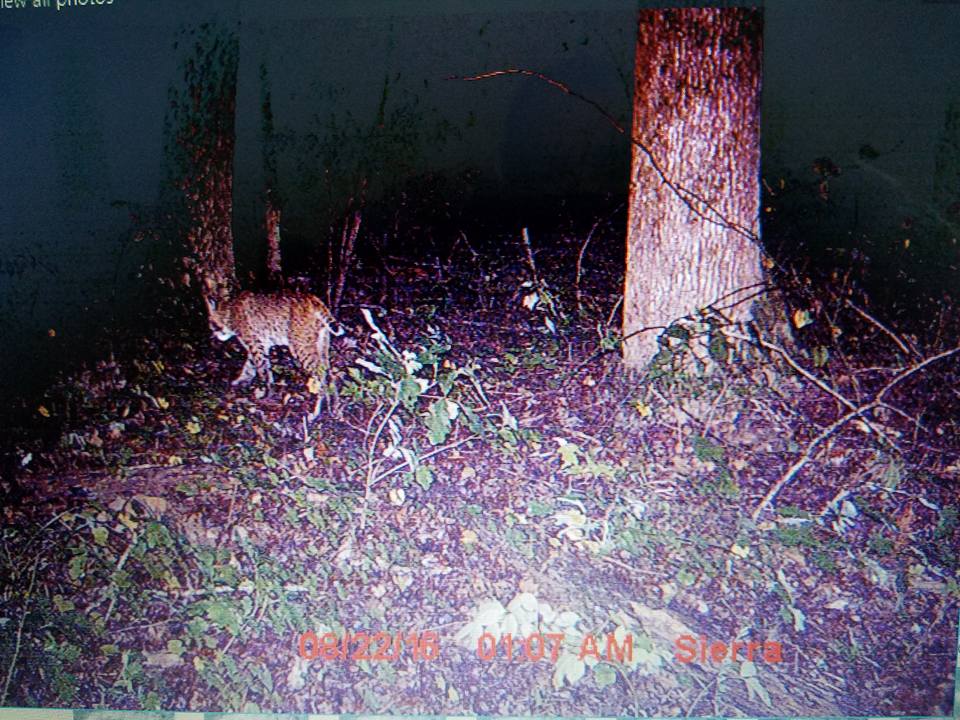
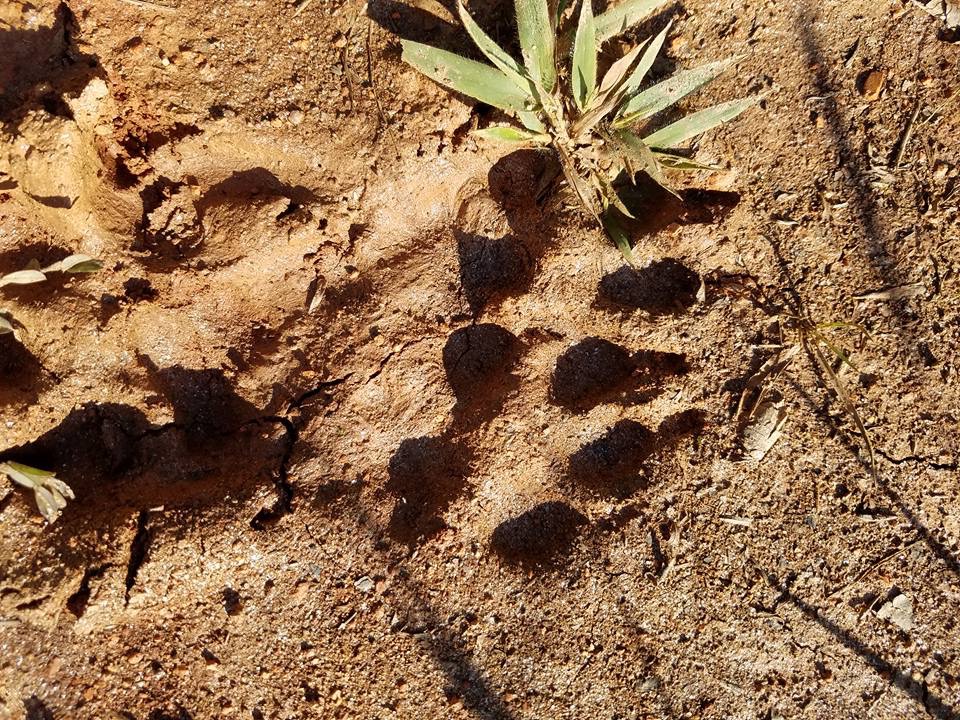
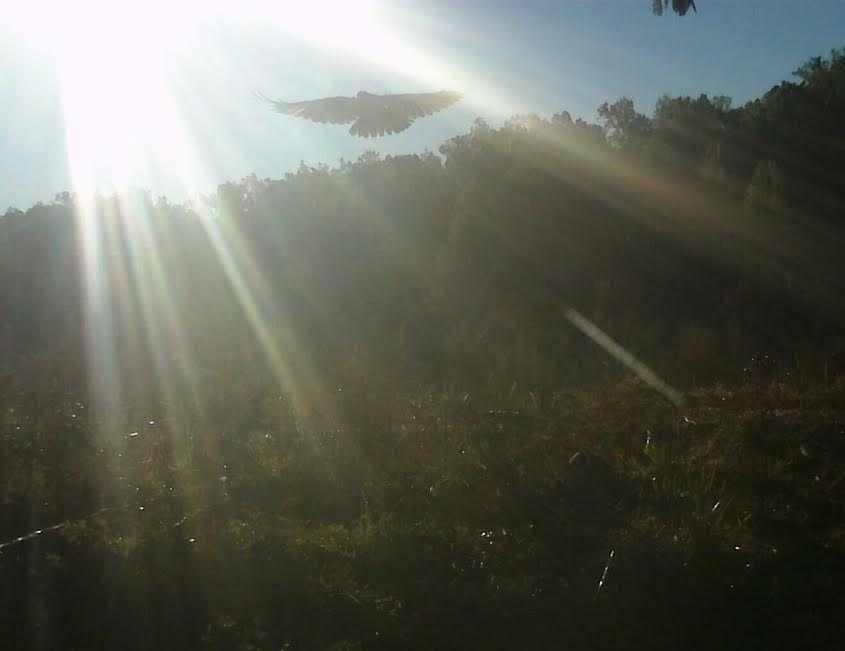

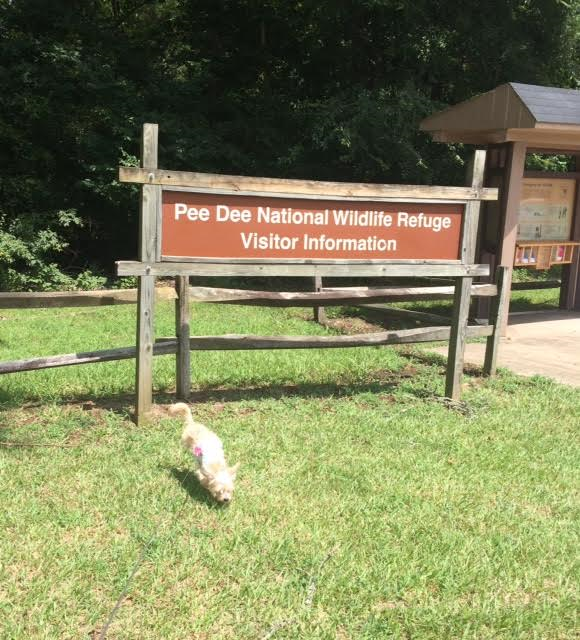
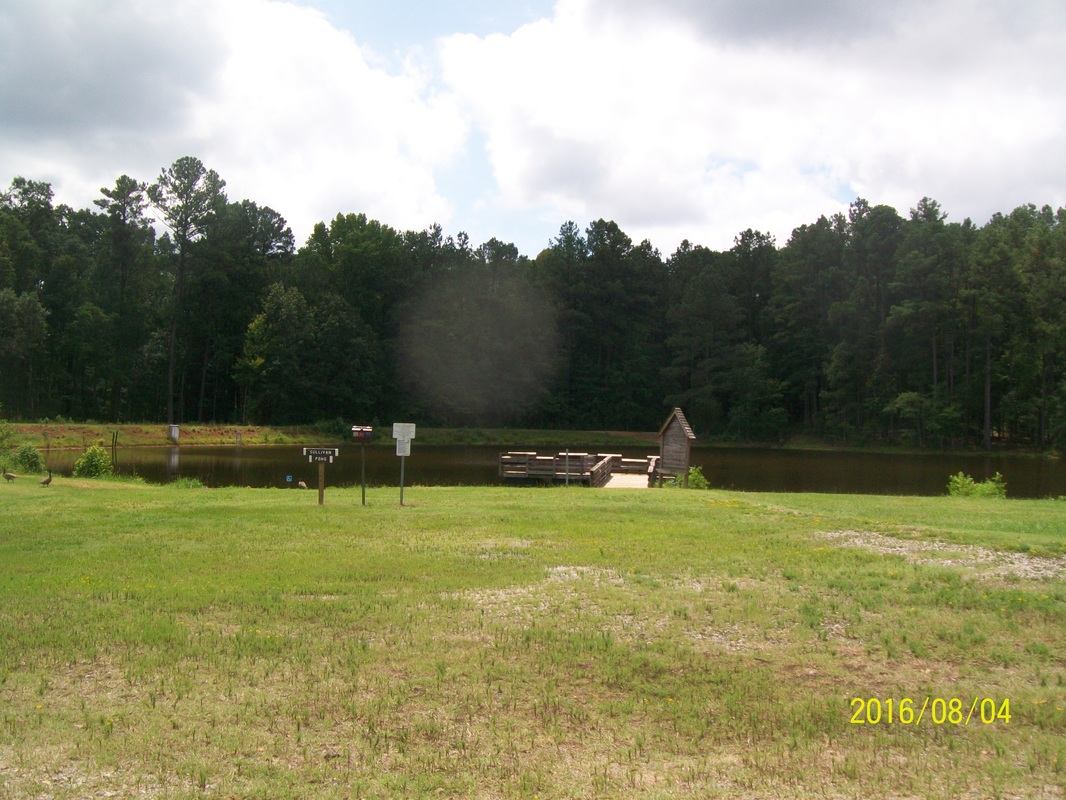

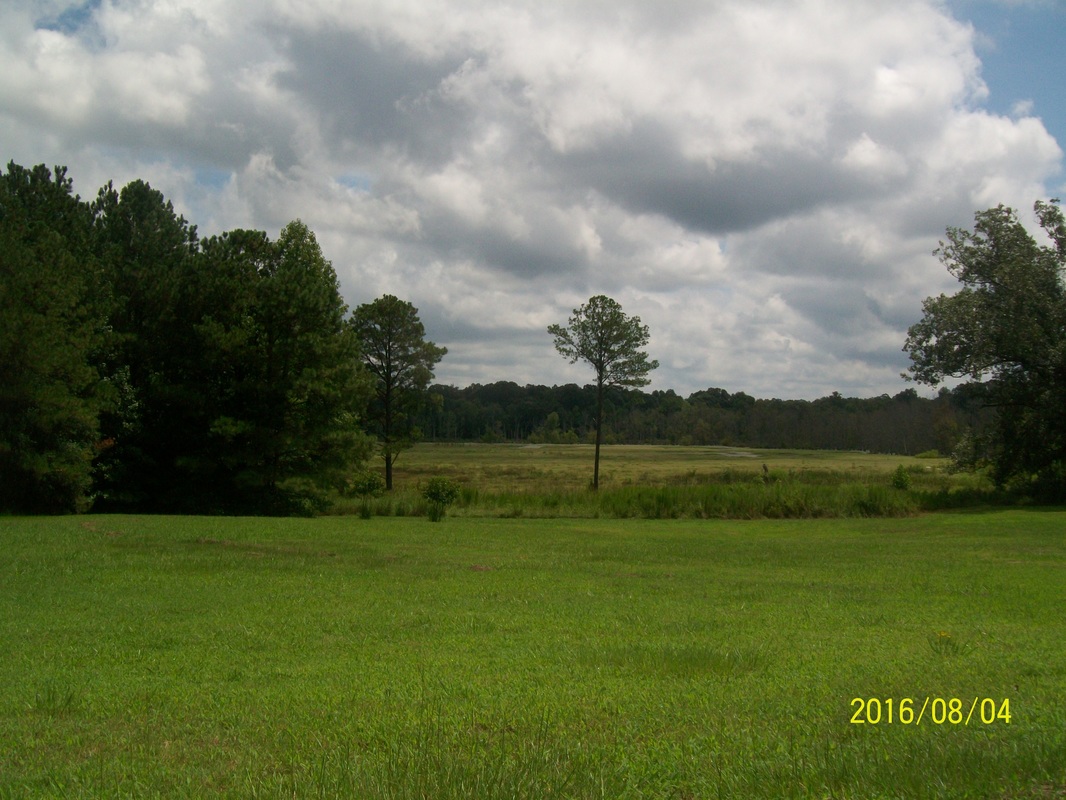
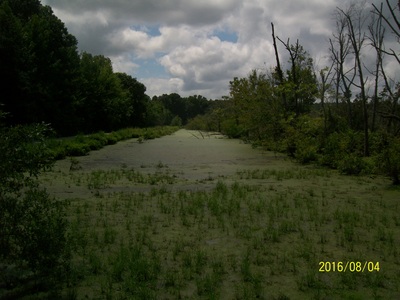
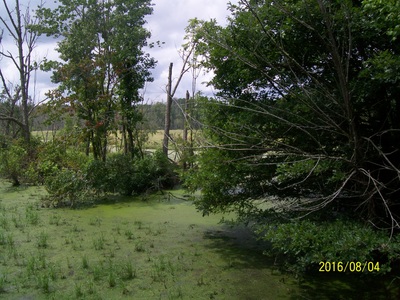
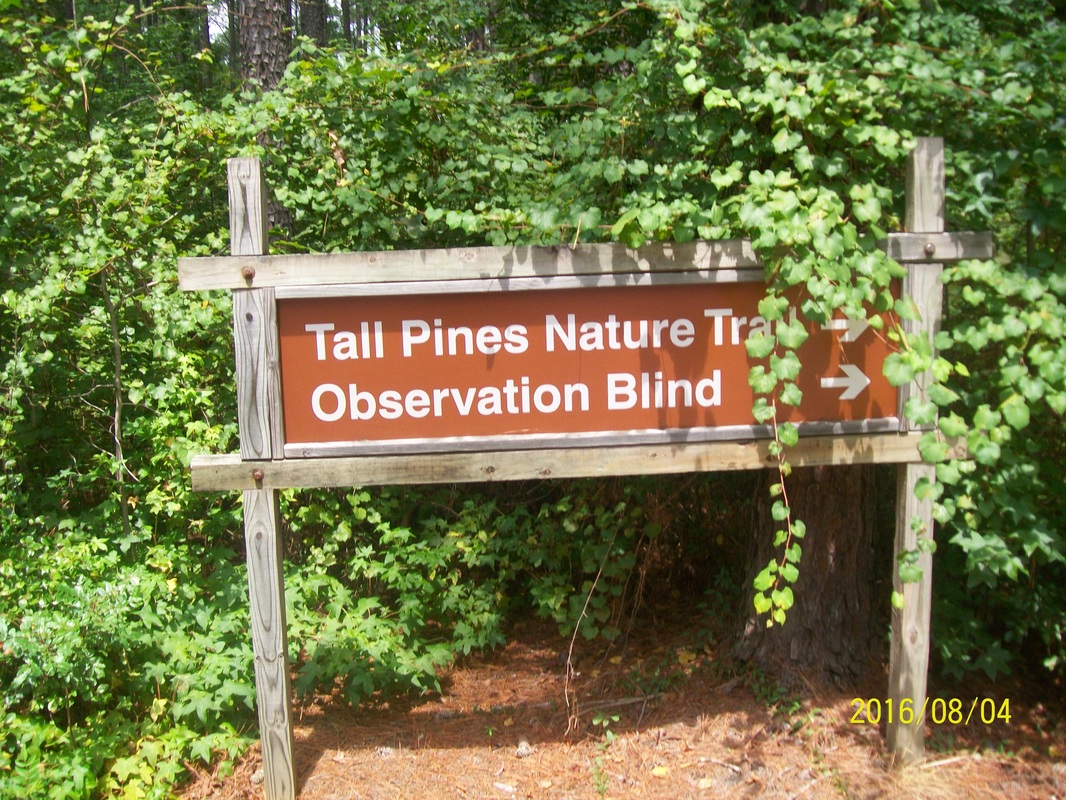


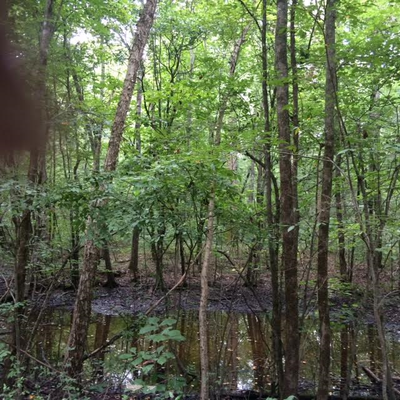
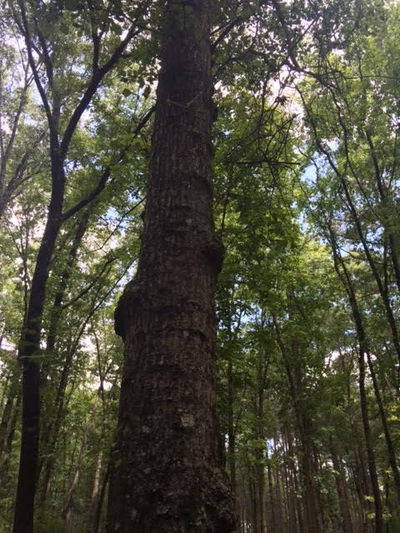

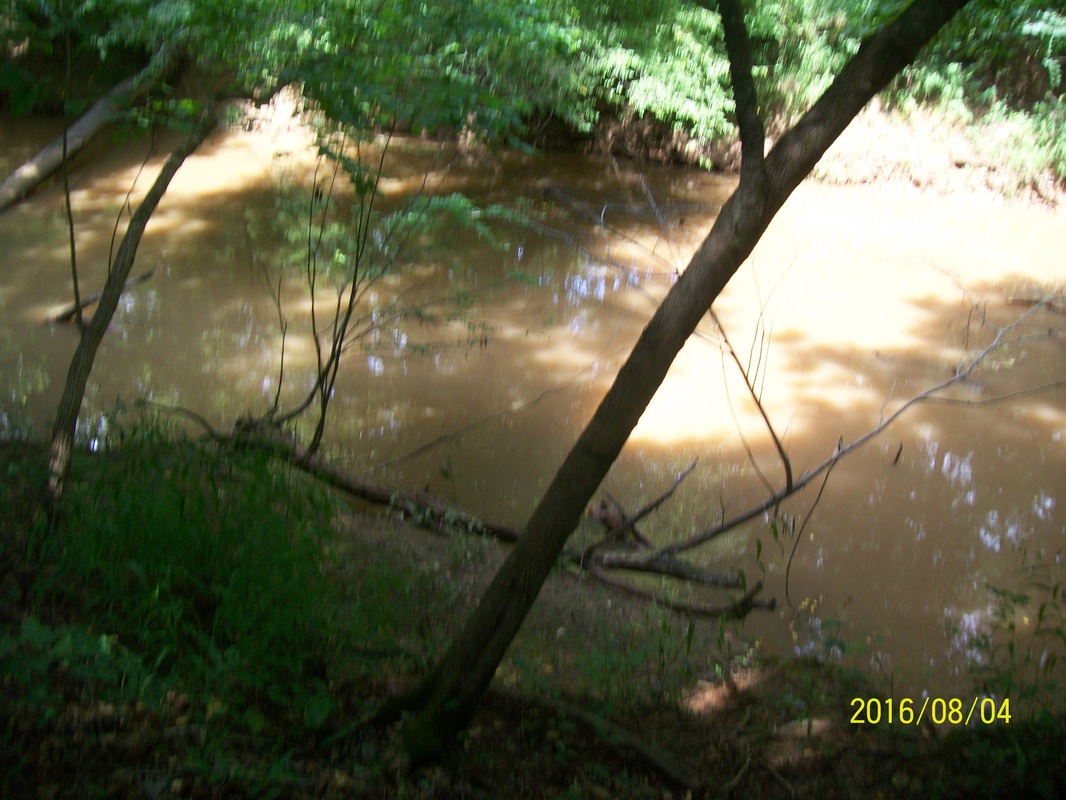
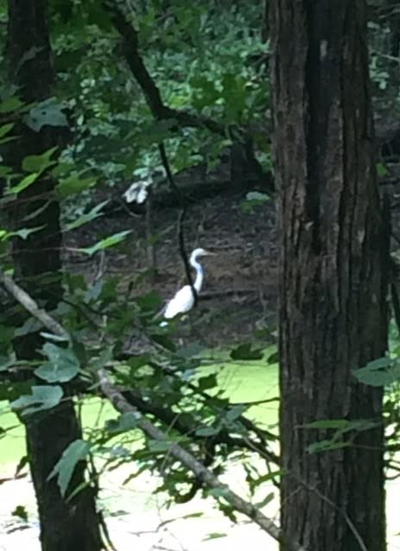
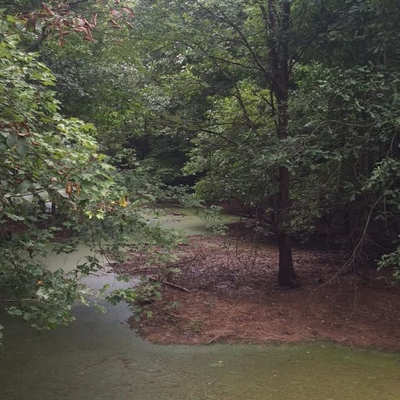
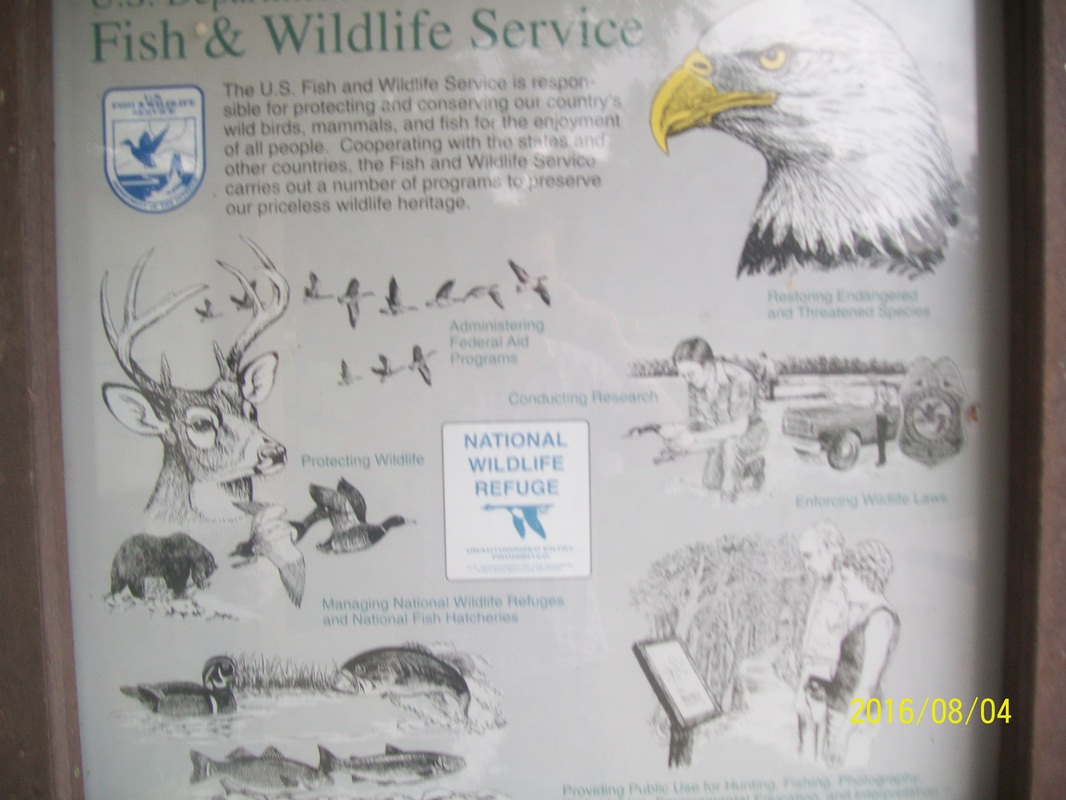
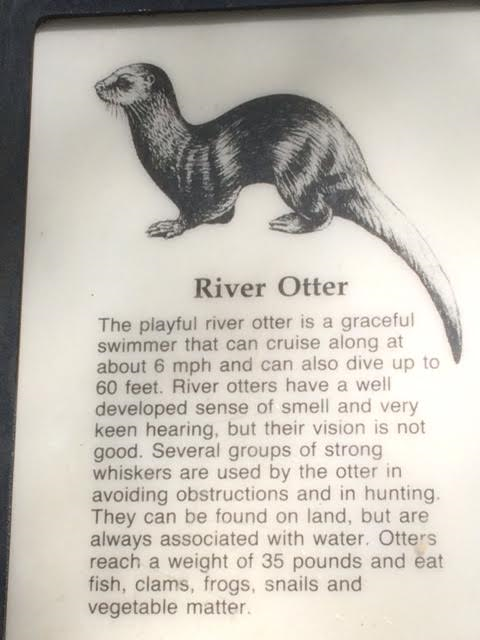
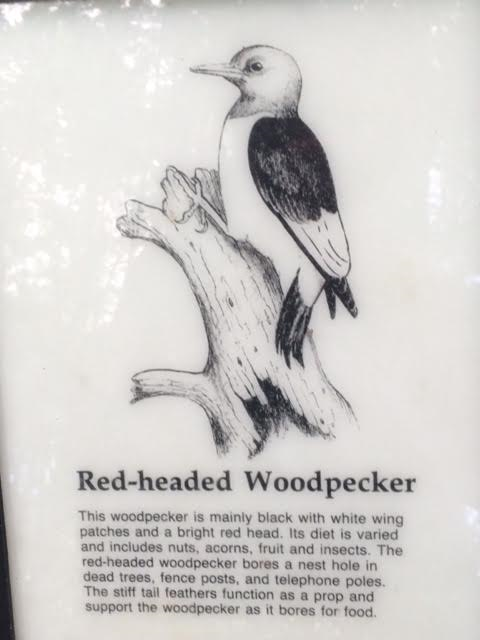
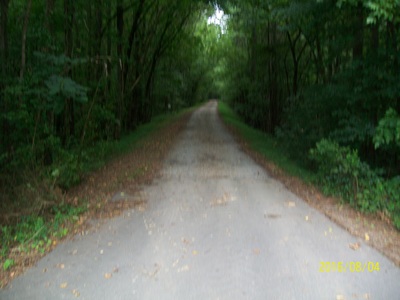
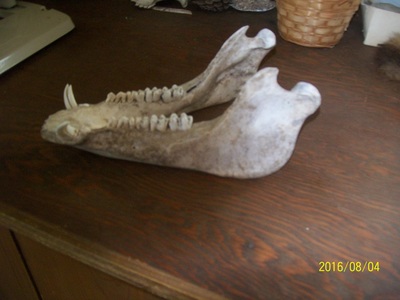

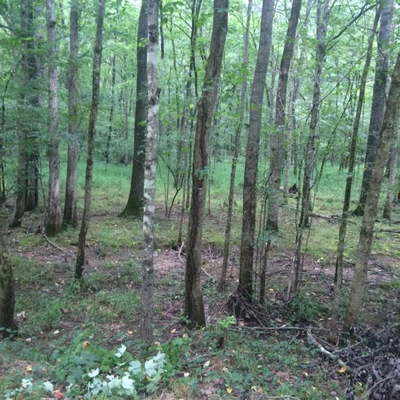
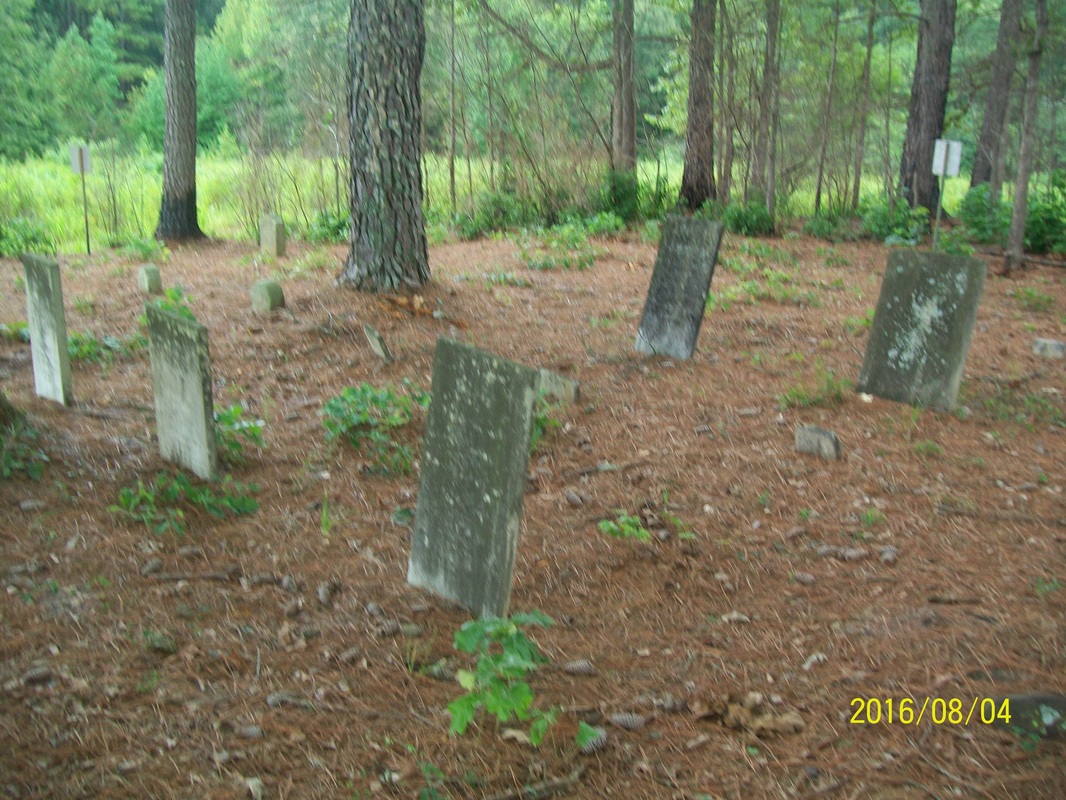
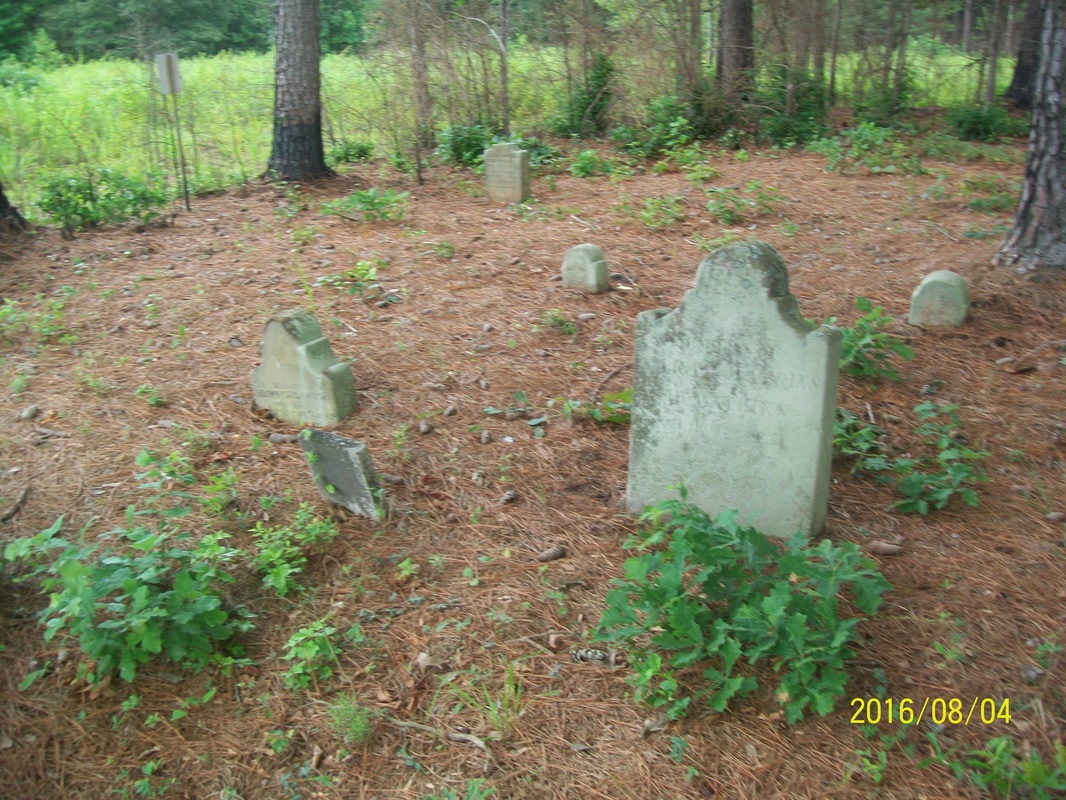
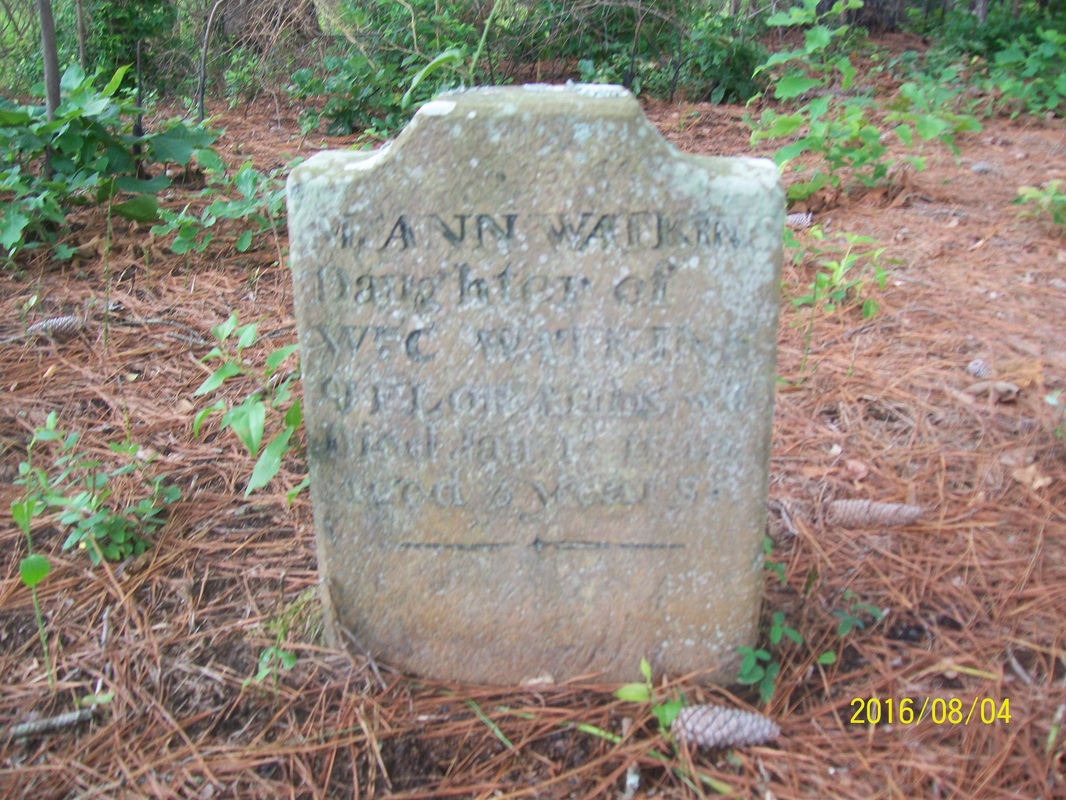


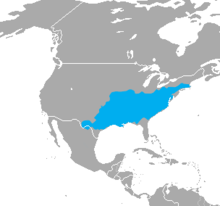

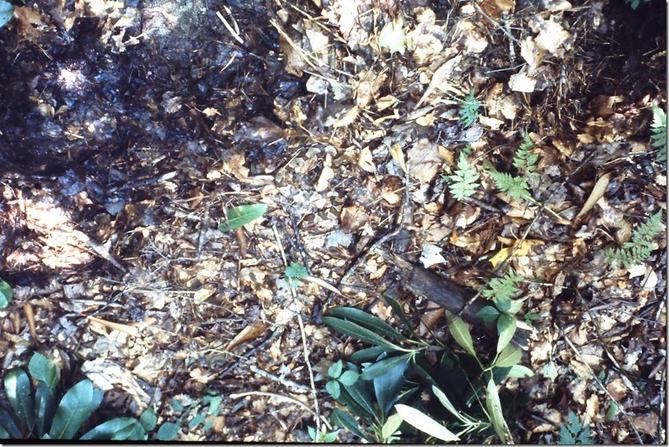

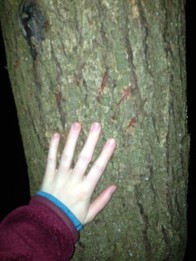


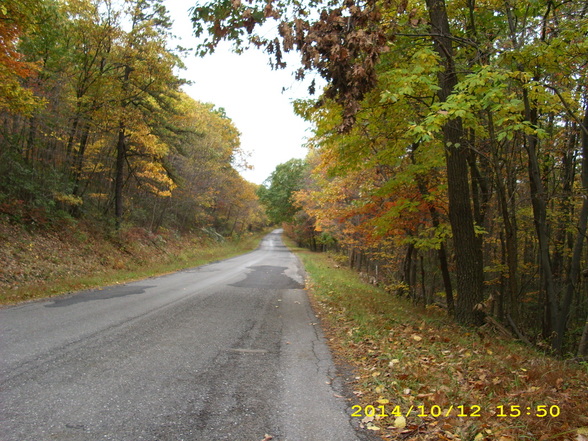

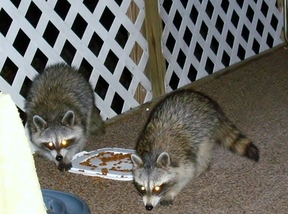
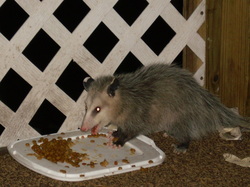
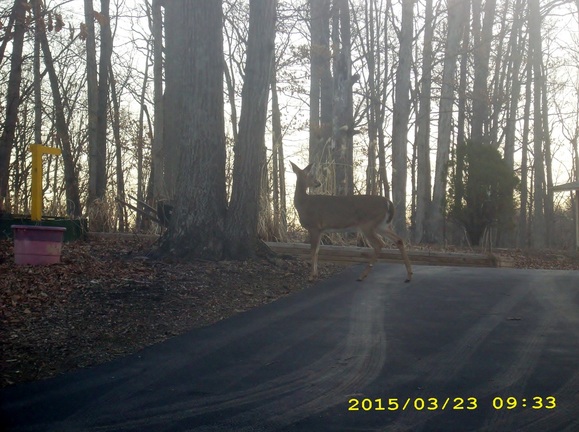
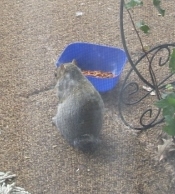

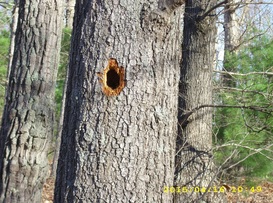
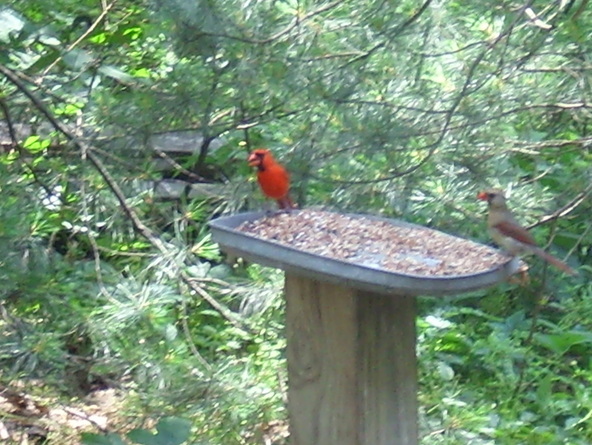
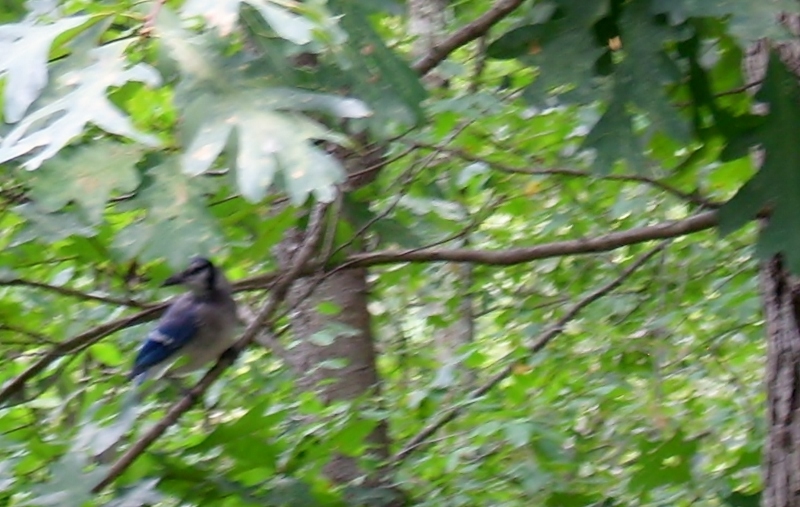
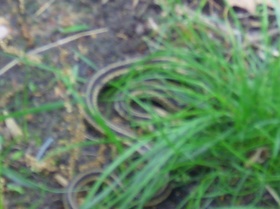
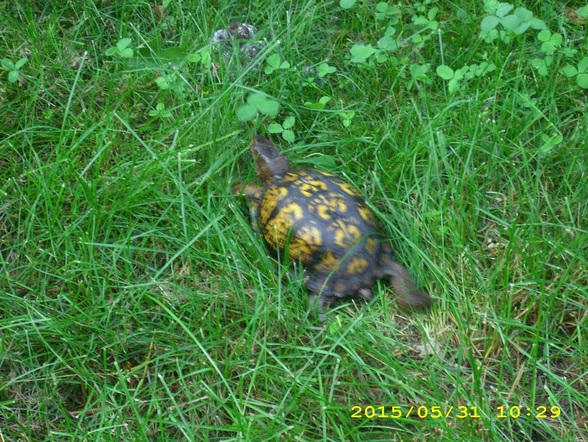
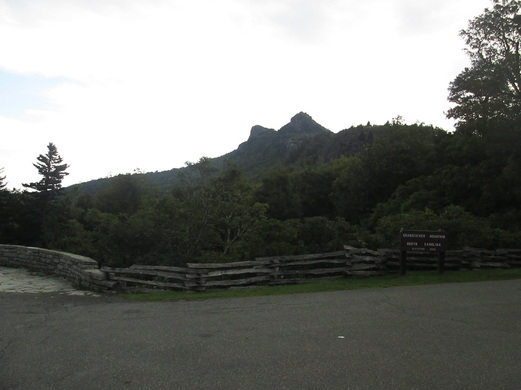



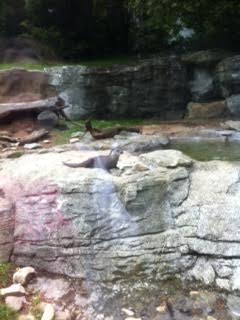
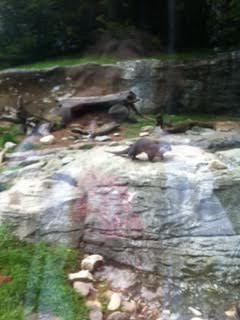
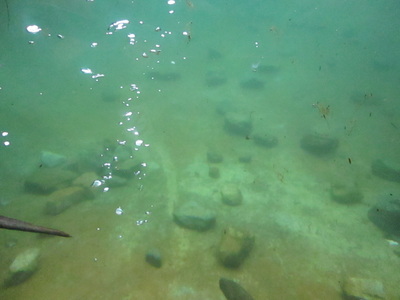

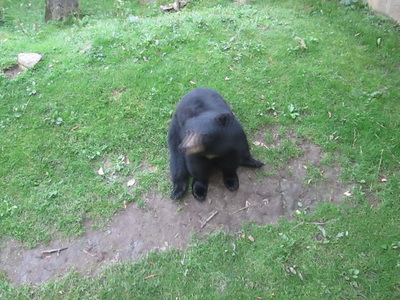
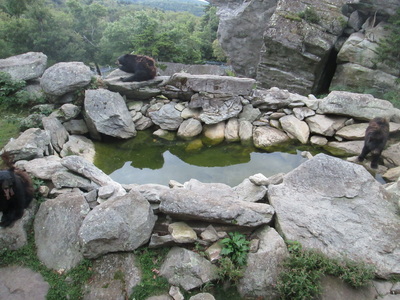
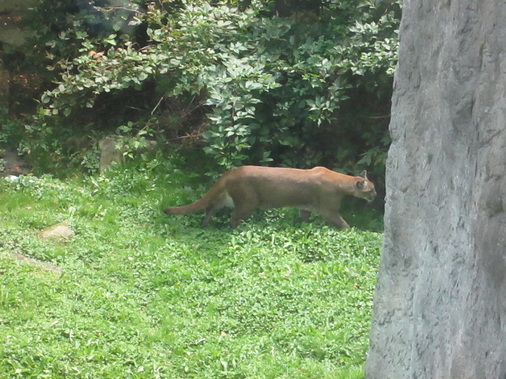

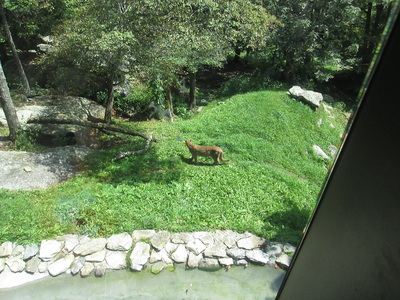

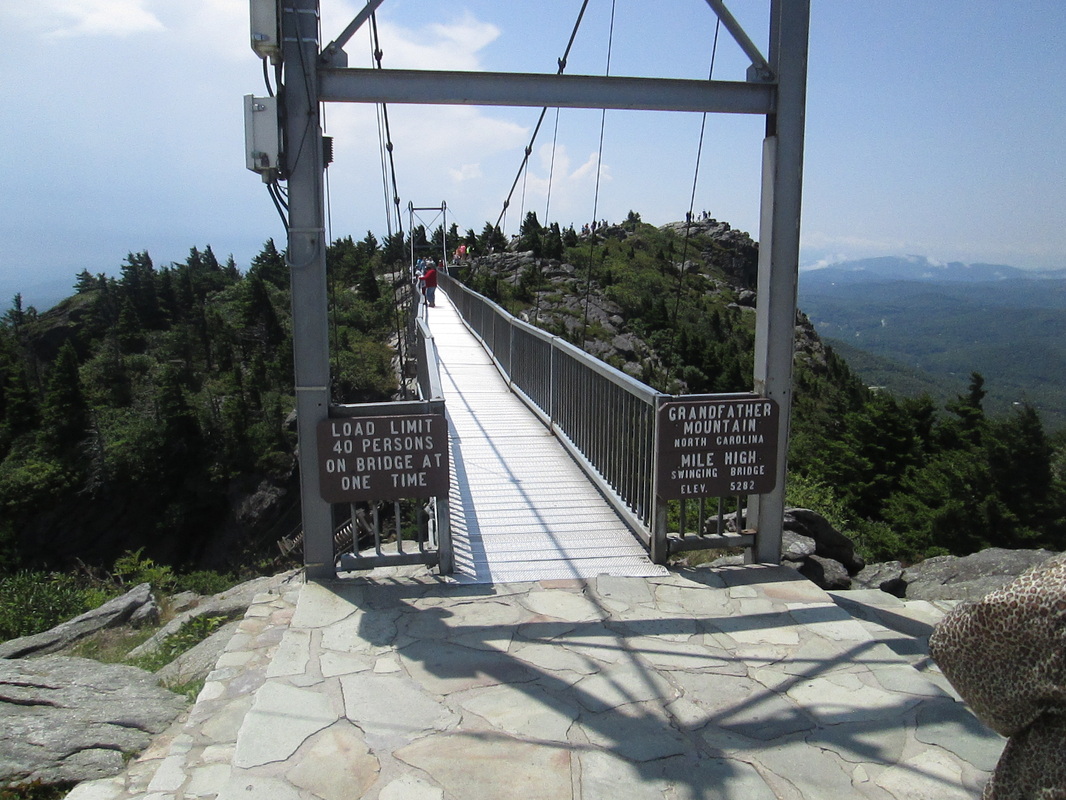

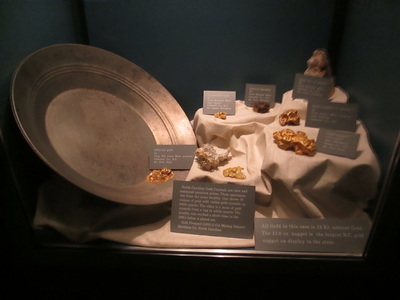
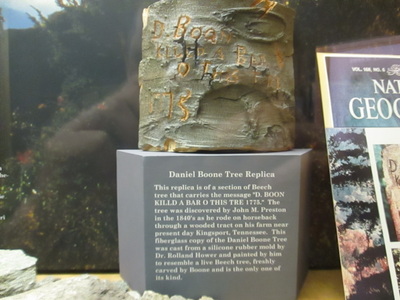
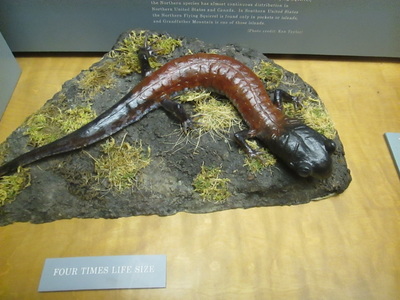
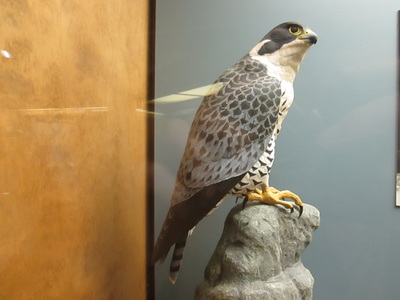

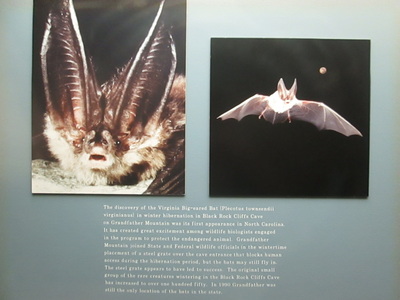
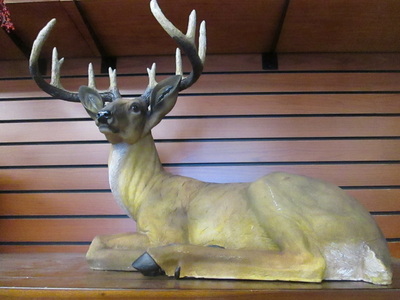
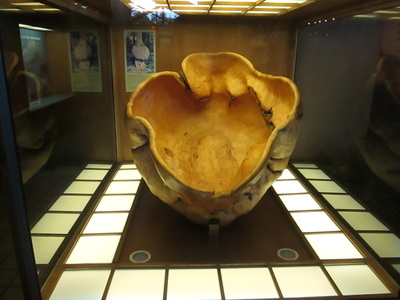


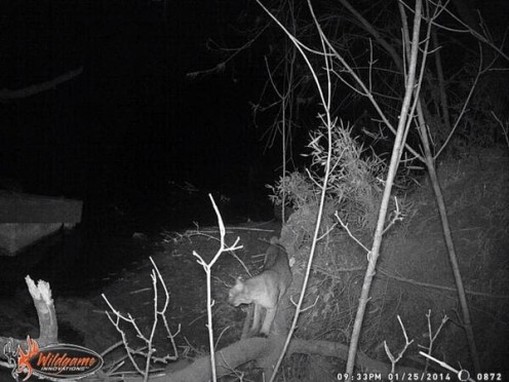


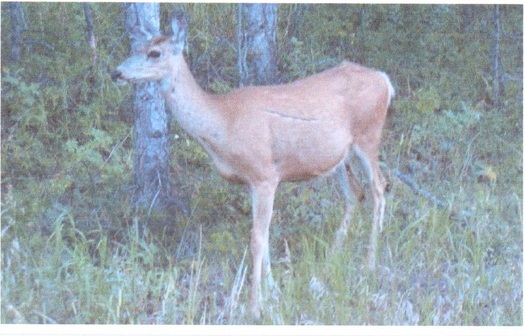
 RSS Feed
RSS Feed
